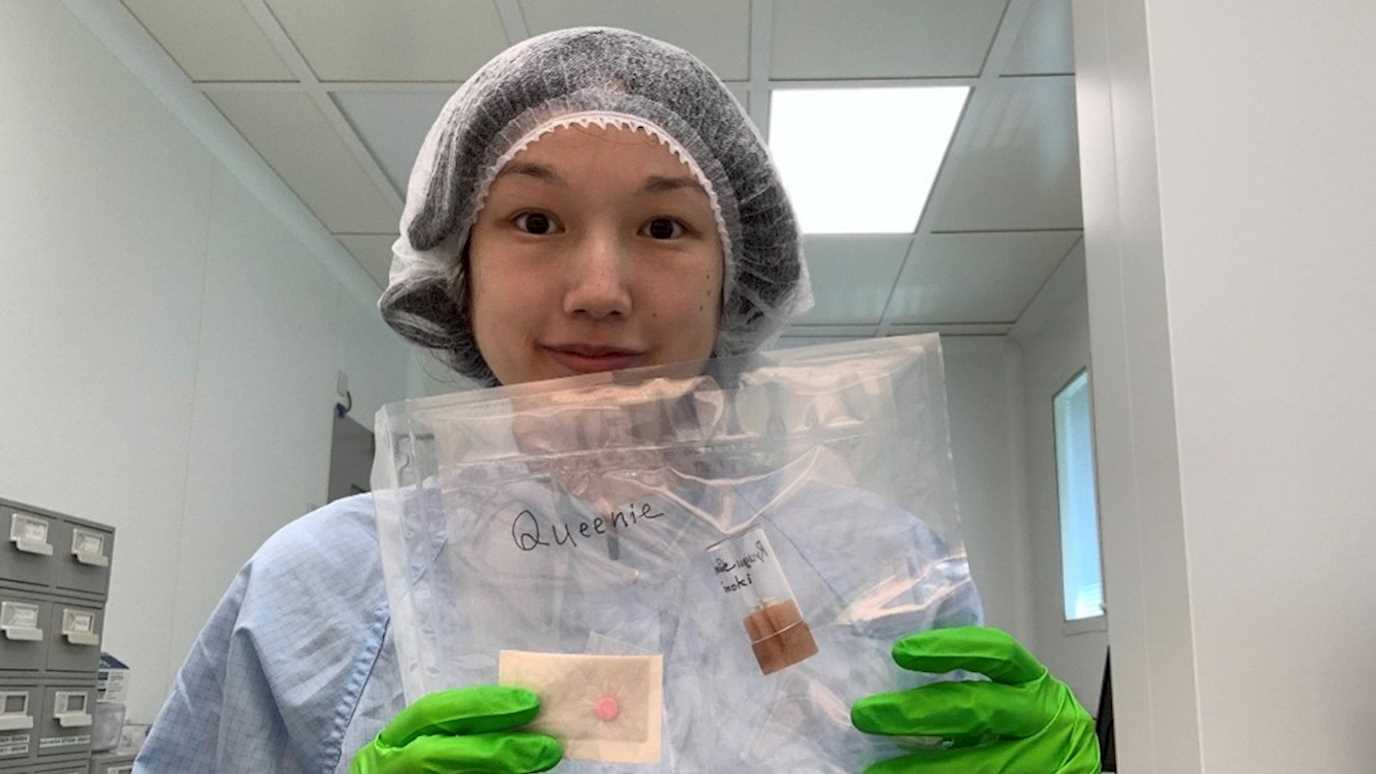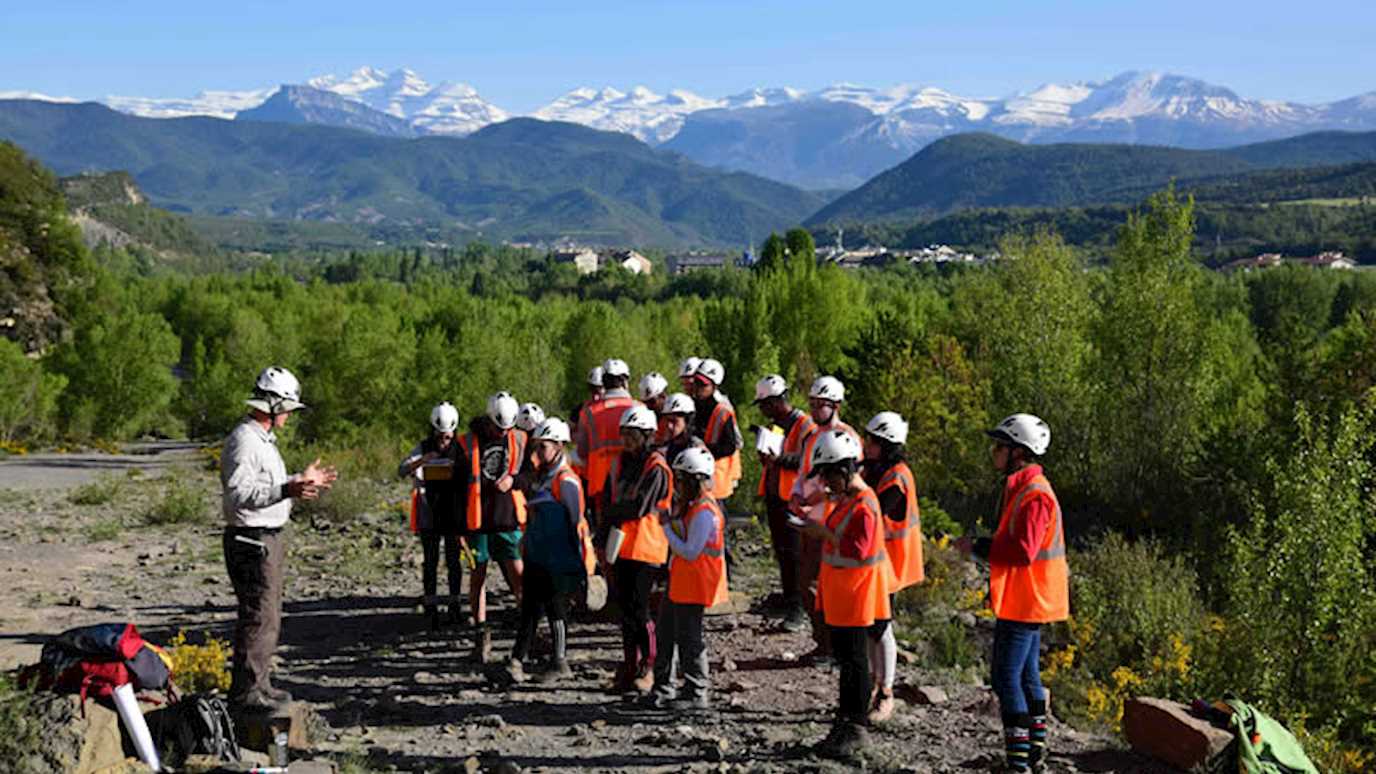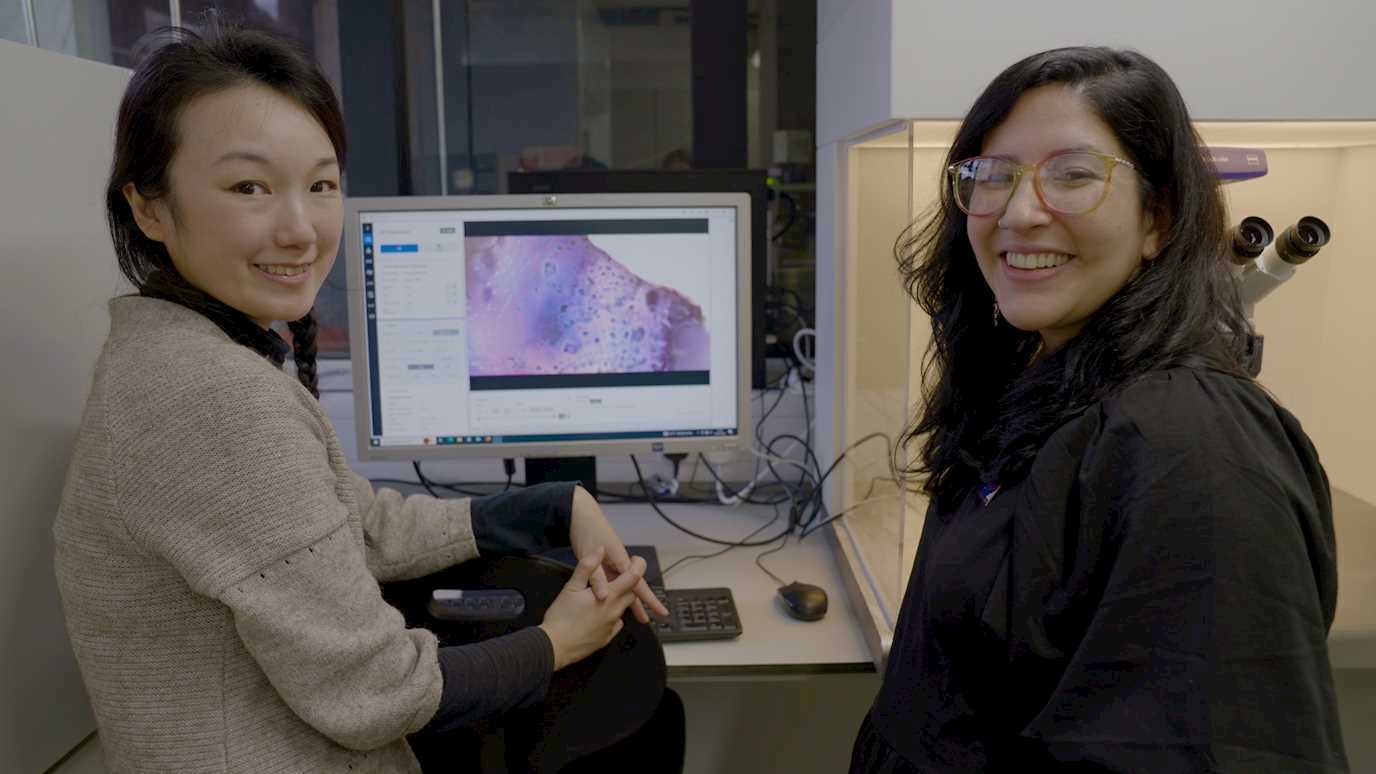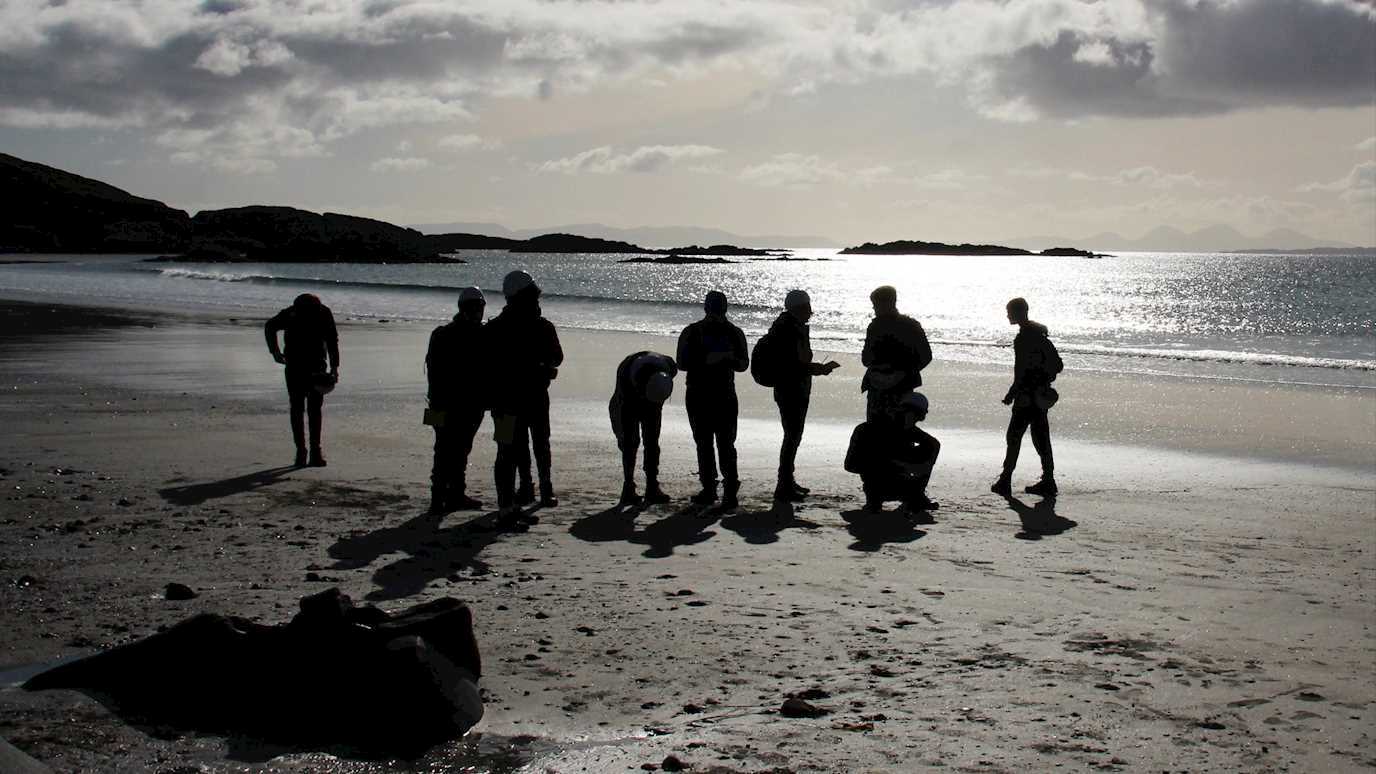By Dr Queenie Hoi Shan Chan

At the Department of Earth Sciences, Royal Holloway University of London, we take different approaches in unveiling Earth’s geological stories – we use physical simulation to study tectonic deformation processes, take air samples from the Arctic to the Antarctic to better understand greenhouse gases emissions from particular sources, and for me, I analyse extraterrestrial samples like meteorites to better understand the early chemical / organic inventory of our home planet and our Solar System. In these several years, we have been very lucky to have access to valuable extraterrestrial samples, such as asteroidal geological samples returned by spacecrafts after a return journey to and from asteroids (e.g. carbon-rich asteroid Ryugu samples returned to Earth by the Hayabusa2 (HYB2) space mission).
Prior to HYB2, sample return missions have only returned materials to Earth from a small number of solar system bodies, which include materials from remnant of planetesimals– comet (by the Stardust mission) and stony asteroid (by the first Hayabusa mission). Therefore, HYB2 provides the first opportunity and possibly the least contaminated samples of a carbon-rich asteroid which can be studied by state-of-the-art techniques to constrain the origin and evolution of the building blocks of life.
Our research group works closely together – PhD students work with staff members in the laboratory – to analyse the HYB2 samples using various techniques. We studied the elemental distribution of the samples by scanning electron microscopy, unveil the 3D internal structure of the samples using micro computed tomography, etc. In July 2023, my PhD student Charlotte Bays, our collaborator Dr. Ashley King (Natural History Museum London), and I visited Diamond Light Source in Harwell (UK's national synchrotron light source science facility). We were at the I08 - The Diamond Scanning X-ray Microscopy Beamline, and used STM X-ray Absorption Near-Edge Structure (XANES) to understand the organic structure of organic compounds hosted within the HYB2 samples.
At Royal Holloway, as a student, you will also have the opportunity to come up close to study some extraterrestrial samples, and use them to aid your understanding about the formation of our Earth, and how Earth continues to interact with and shaped by these rock samples falling from the sky. For examples, with and iron meteorites and pallasites (stony–iron meteorite), we learn that these represent the core and the core-mantle boundary from differentiated planetesimals that were cataphatically destroyed by violent collisions during the early formation of the Solar System. Join us and study at the Department of Earth Sciences, Royal Holloway University of London – together we understand our Earth, taking a special, extraterrestrial approach!

























